Smack in the Pacific, thousands of miles from the nearest landmass, the Hawaiian Archipelago is as isolated as it gets. It’s the world capital of endemism—with one of the highest numbers of species existing nowhere else on Earth. There are more endangered species per square mile here than anywhere else, making the islands of Hawaii one of the planet’s most unique—and uniquely vulnerable—ecosystems.
Prior to human influence, new plants and animals carried by wind and water were incredibly rare here. A single new species made this commute every 50,000 years or so. Today, invasive species arrive in Hawaii once every 18 days. Most of the species on the island today co-evolved over millennia, creating a diverse and stable balance. Add in one dominant species though, leave it unchecked, and Hawaii’s delicate ecosystem is in trouble.
Environmental imbalance can be tough to gauge globally, but in Hawaii it’s felt almost immediately. Invasive deer, pigs, goats, sheep, and cattle are responsible for widespread destruction of lowland and native ecosystems, including critical watersheds.
What’s the largest invasive threat of all in Hawaii at present? No question, the seemingly benign Axis deer—a relatively new species surging toward a monoculture.
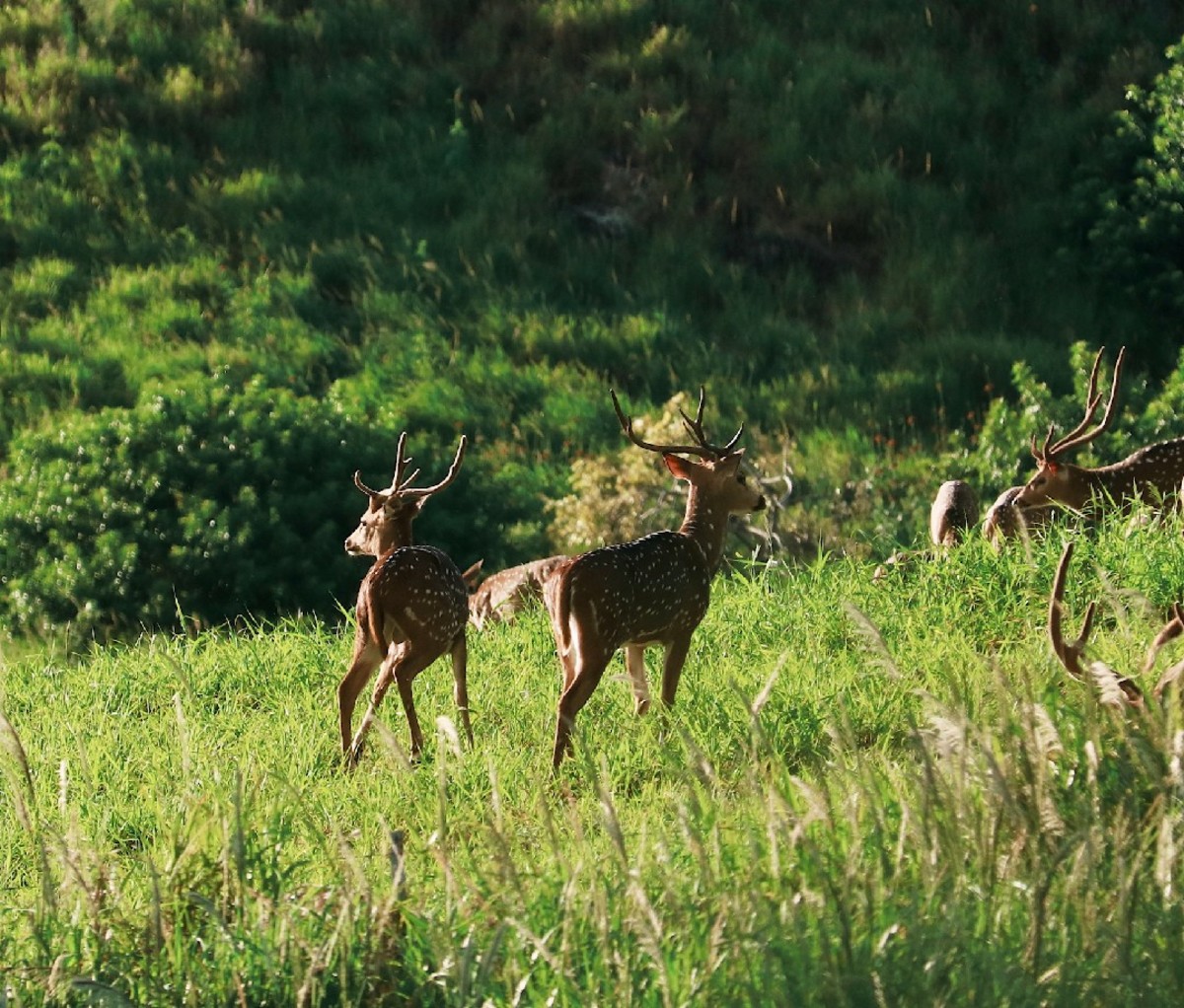
Multiplying like… deer
In 1959, nine Axis deer were introduced to the island of Maui. Today, their population threatens to soar to hundreds of thousands, compromising the island’s open space if they aren’t managed effectively.
Enter Maui Nui Venison, a company founded on a single goal: tackling this problem head-on in a grounded and environmentally sound way.
“We’re never going to have sales goals,” says company founder and CEO Jake Muise. “We’re only going to have management goals.”
Maui Nui officially opened for business last year, but it’s been in the works for over a decade. The catalyst dates back to a clerical mistake during Muise’s college years. A native of northern Canada, he moved to Hawaii and was accidentally placed in an all-Polynesian dorm. This led to extended stays with local families over the holidays who familiarized him with the island’s Axis deer (over)population.
“It started with recreational bow hunting,” Muise recalls. “Eventually, figuring out a way to manage this invasive species became my biggest passion.”
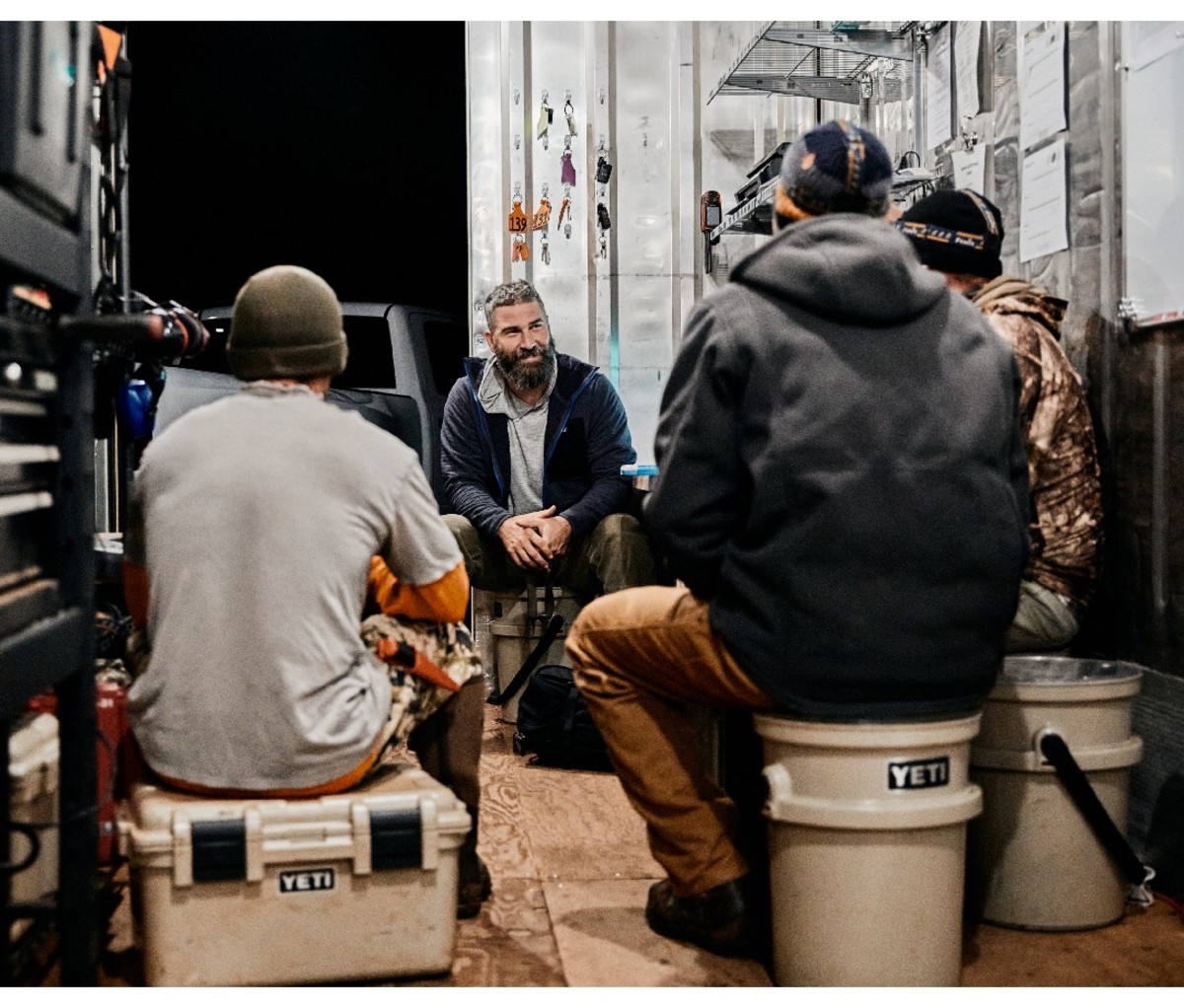
A win-win business idea is hatched
For his capstone project, Muise wrote a business plan mimicking New Zealand’s deer management program.
“My thesis was completely wrong,” notes Muise. “You can’t domesticate Axis deer. But it did put me on a path toward starting a non-profit—the Axis Deer Institute, which eventually became Maui Nui Venison.”
Muise’s first project out of college was removing four Axis deer that had been illegally introduced to the Big Island—a 90,000 square mile area. Despite very few invasive species projects being successful in Hawaii, this one was.
“That spurred a lot of conversations in Maui,” says Muise. “Eventually we realized that to be effective on an island-wide basis, we couldn’t rely on the grant process for funding. That led to the creation of Maui Nui.”
By working with large landowners across the island, Muise and his team aim to monitor and manage Mauiʻs Axis deer population to a healthy carrying capacity. “Having the Axis deer viewed as a resource instead of an invasive species is ultimately best at every angle—for people and the animal too,” says Muise.
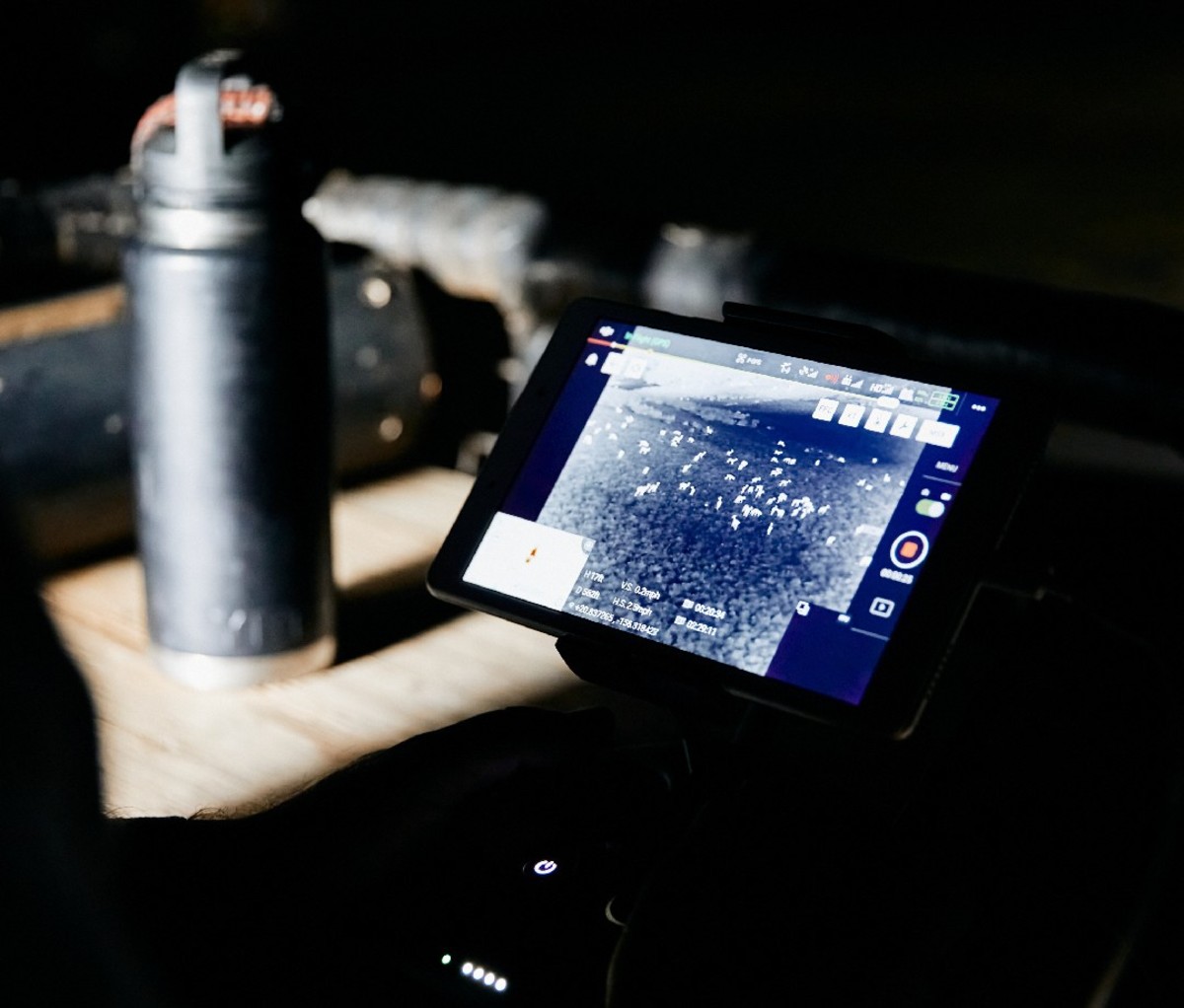
Maui Nui’s method starts with data. All its venison is sourced from the field—a process unique to the company. Using Forward Looking Infrared (FLI) technology to detect heat signatures, the Maui Nui crew is able to compile deer population surveys and assess large areas with strikingly accurate population density predictions—of about 95 percent.
“This helps us understand resource availability and explain to landowners the cost of deer on their property,” says Muise. “It also forces us to be accountable and harvest responsibly.”
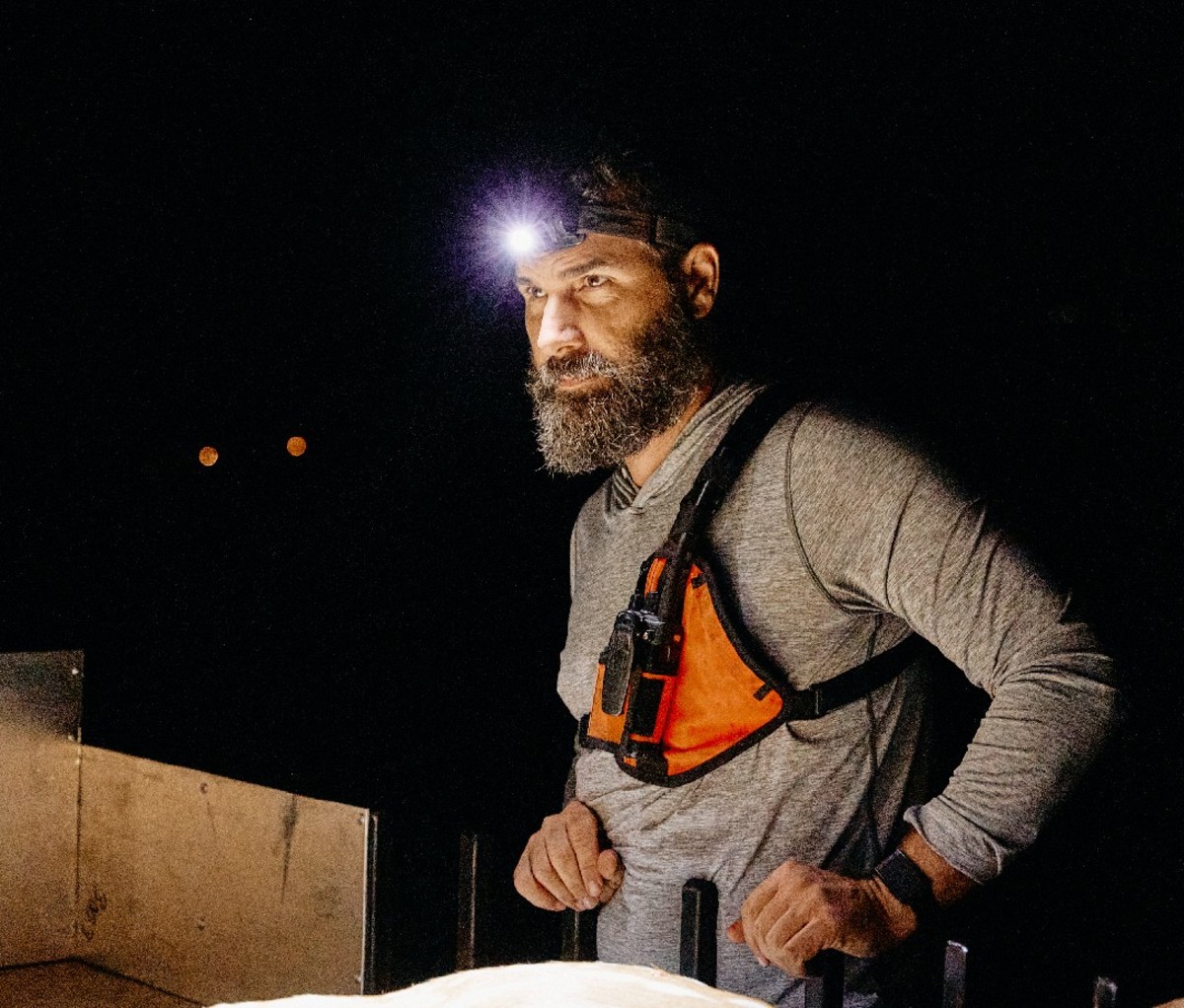
Night time’s the right time…
All the harvesting is done at night. It’s less stressful for the deer, which are never baited, fenced, penned, or corralled. Thanks to the absence of natural predators and seasonal swings, Axis deer experience minimal stress in general. “When animals are stressed, they rapidly deplete sugar stores and lactic acid levels, causing serious effects on meat texture and flavor,” Muise explains. “Our effort to source stress-free is an ethical choice—and a difference you can taste.”
Using a mobile slaughter facility, Maui Nui also does its processing in the wild, while following the regulations of a brick-and-mortar facility. The company’s mobile harvesting process is both USDA and FDA approved, with a USDA inspector for the duration of the harvest and a USDA veterinarian to inspect every animal.
“We only have a three-hour window every night, so the only way to make it happen is to bring the processing part with us,” says Muise.
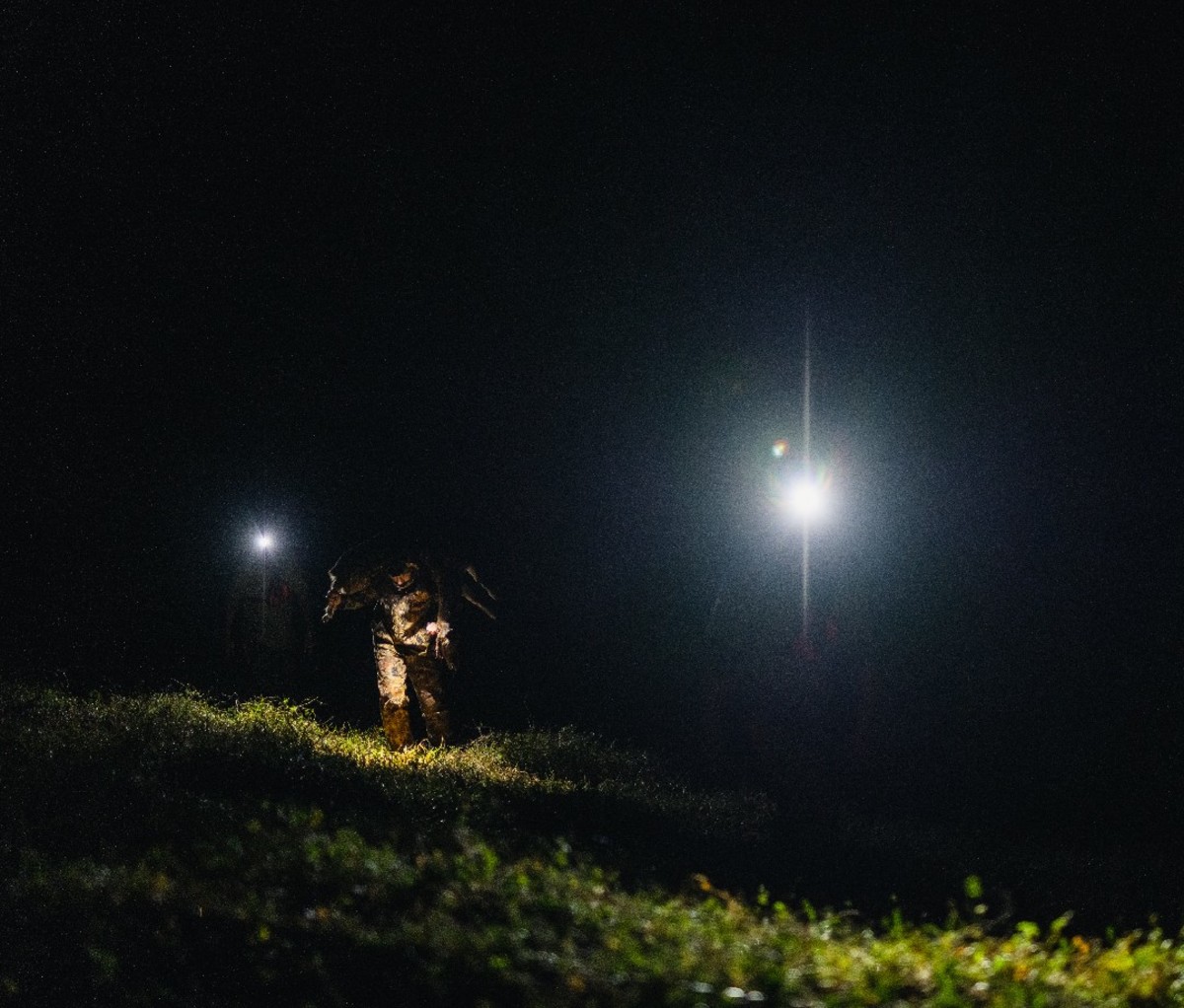
Balance is the key
Thankfully, with years of collected data on Axis deer, Maui Nui is able to harvest with incredible efficiency. Muise says their database details every deer sighting, bullet fired, and weather condition from each harvest along with any other factors that enable effective tracking. “We’re able to harvest seven deer in an hour,” says Muise. “That pace wouldn’t be possible without all the data we’ve collected.”
Muise and his team spent years flying in inspectors from Oahu, all out of pocket. Using a local inspector since last year, Maui Nui can perform up to 14 harvests each month, creating a more consistent supply of venison. The company employs 16 full-time staff—and counting. The company is growing, but the standard exponential growth model isn’t the vision here.
Maui Nui recently partnered with Patagonia Provisions, to scale distribution and gain market exposure.
“I’ve always looked up to Yvon [Chouinard] for his tireless focus on environmentalism while growing a sustainable business. We don’t plan to work with many companies, but Provisions was a perfect fit. We needed their help to tell our story and educate more people. A big part of their business model is to find smaller producers—farmers, fishermen, and hunters like us—to incorporate our products into their platform. It’s a mutually beneficial relationship. And they support our mission of management before profits,” says Muise.
The goal is to achieve balance, working with major landowners to help them manage Axis deer to a population that works with the ecosystem. The population curve is on pace to quickly triple, so time is of the essence.
Once that benchmark is reached, Maui Nui won’t get any bigger. “We’ll actually get smaller, which I guess makes this a fairly odd business structure,” Muise laughs. “Hopefully we’ll be here in three years.”
For access to exclusive gear videos, celebrity interviews, and more, subscribe on YouTube!